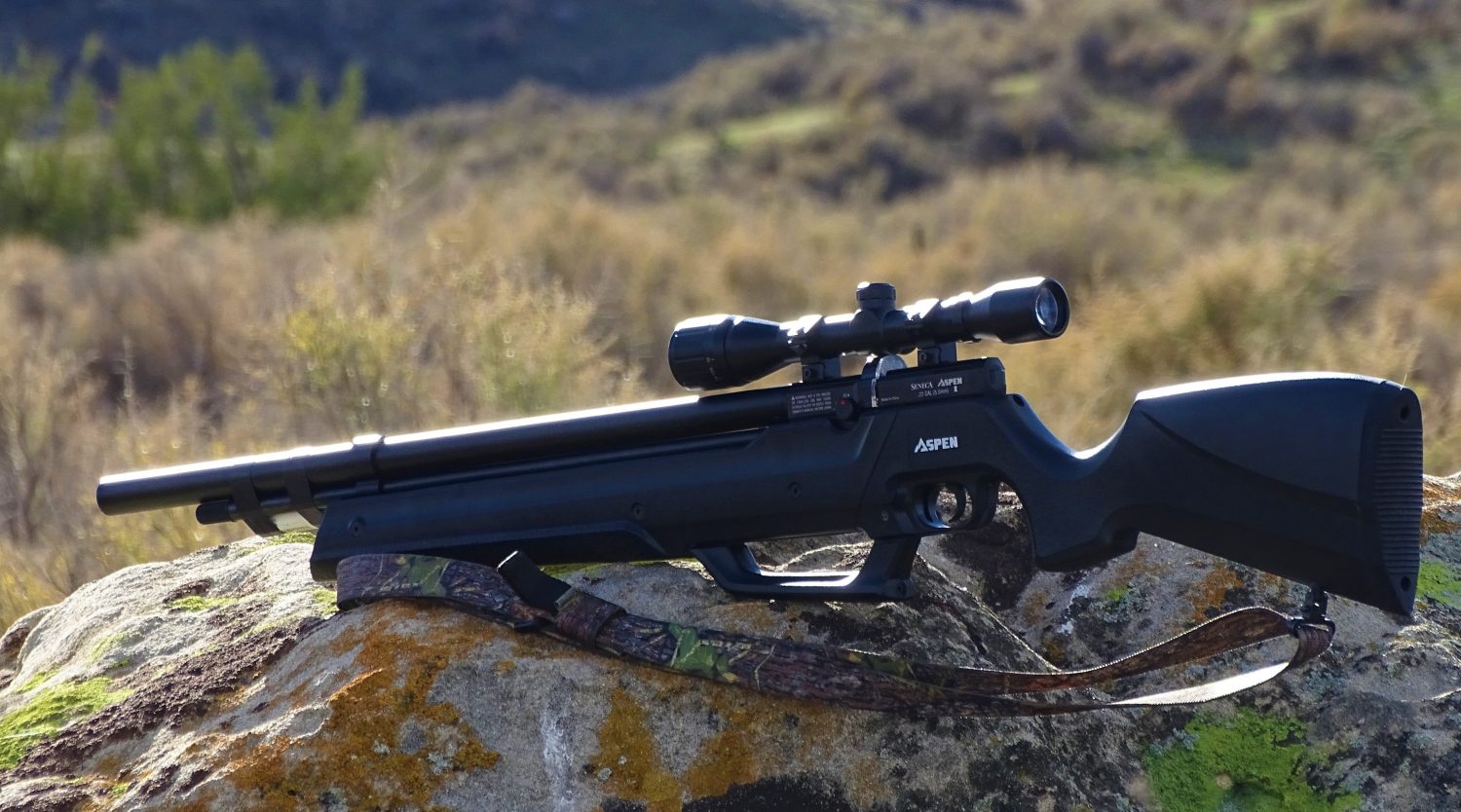The Evolution of Air Rifles
Air rifles have come a long way from their humble beginnings as simple air-powered weapons. Dating back to the 16th century, these rifles were initially crafted for hunting and target shooting. Over time, advancements in technology have transformed them into precision instruments capable of remarkable accuracy. From the basic spring-piston models to the sophisticated pre-charged pneumatic (PCP) rifles, the evolution of air rifles is a testament to human ingenuity and the pursuit of excellence in marksmanship.
Precision Engineering: Mechanics and Design
At the heart of every air rifle lies a complex interplay of mechanics and design. From the compression chamber to the barrel, every component is meticulously engineered to optimize performance. The type of power plant, whether spring, gas ram, or PCP, dictates the rifle’s operation and shooting characteristics. Additionally, factors such as barrel length, caliber, and trigger mechanism further influence accuracy and consistency. Through precision engineering, manufacturers strive to push the boundaries of what is achievable with an air rifle, catering to the needs of both novice shooters and seasoned marksmen.
Versatility in Application
One of the key attractions of air rifles is their versatility in application. While traditionally used for small game hunting and target shooting, modern air rifles have found a place in various fields, including pest control, competitive shooting, and even recreational plinking. Their relatively low noise levels and reduced recoil make them ideal for urban environments where traditional firearms may not be suitable. Moreover, advancements in ammunition technology, such as the development of specialized pellets and slugs, have expanded the capabilities of air rifles, allowing them to tackle a diverse range of tasks with precision and efficiency.
The Rise of Competitive Air Rifle Shooting
In recent years, competitive air rifle shooting has gained significant popularity on both national and international stages. Disciplines such as Olympic 10-meter air rifle and field target shooting attract athletes from around the world, showcasing the skill and precision achievable with these rifles. The strict regulations governing equipment and shooting techniques ensure a level playing field, placing emphasis on consistency and accuracy. As a result, air rifle manufacturers continue to innovate, producing rifles tailored to the exacting demands of competitive shooters, further elevating the sport to new heights of excellence.
The Future of Air Rifles: Innovations and Challenges
Looking ahead, the future of air rifles is brimming with possibilities. Continued advancements in materials, manufacturing processes, and digital technology promise to push the boundaries of performance even further. From smart rifles equipped with integrated sensors and electronic aids to eco-friendly alternatives powered by renewable energy sources, the landscape of air rifle innovation is ripe with potential. However, alongside these opportunities come challenges, including regulatory hurdles and environmental concerns. Balancing innovation with responsibility will be crucial in ensuring that air rifles continue to evolve as effective tools for marksmanship while upholding safety and sustainability standards for generations to come.
In conclusion, air rifles represent a fascinating intersection of tradition and innovation, where centuries-old craftsmanship meets cutting-edge technology. From their humble origins to their current status as precision instruments, the journey of air rifles is a testament to human ingenuity and the pursuit of excellence. As they continue to evolve and adapt to the changing needs of shooters, one thing remains certain: the allure of the air rifle, with its precision, versatility, and undeniable charm, will endure for generations to come.

